
i've lost alot of fluids from orifices i did'nt know i had

reading this thread, getting downright nautical around here from all the drool....gonna need a floaty to survive it

im a retired automotive master tech and i just gotta tell ya i've worked in major dealerships that were'nt anywhere near this well equiped.
Although you look rather young still, while im "adjusting" the genealogical record,there are some things that i hav'nt seen that would be nice in my...oops..did i say that?...your dream shop.Are there any sheet metal tools lurking around there somewhere?, i think you've got everything else.
english wheel, slip roll,brake, shear,shrinker/stretcher..stuff like that
that Packard is pointy sharp...perfect lines,color...just gorgeous
the Rolls third member just blows me away,more studs and nuts than most engine or trans overhauls i've done, would'nt seem fun to sequence torque all that stuff everyday,though they probably did'nt break much.Im guessing saftey wire had'nt come along yet or it would probably have it also

the mohawks and benpaks probably have saved more than a few lives over the years, the first shop i worked in had 30+ year old inground twin posts that would on occasion jump 1 or 3 feet up or down,sometimes both posts,sometimes just one side!, lost a few cars that way before they spent a year or two jackhammering the old mess out of the ground.. one stall at a time....my ears are still ringing..and that was 25 yrs ago.
thanks for sharing,the pics are great.....i gotta pull the drain in the floor..
...ah...there it is




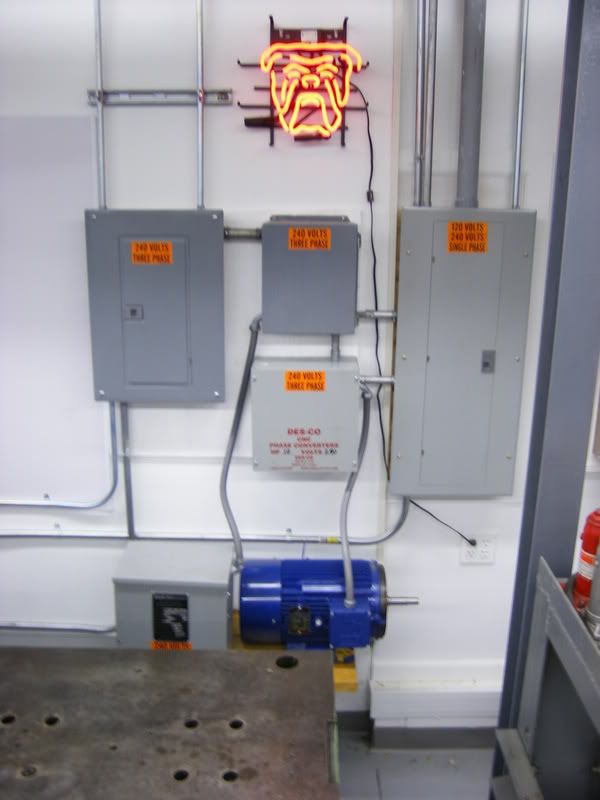



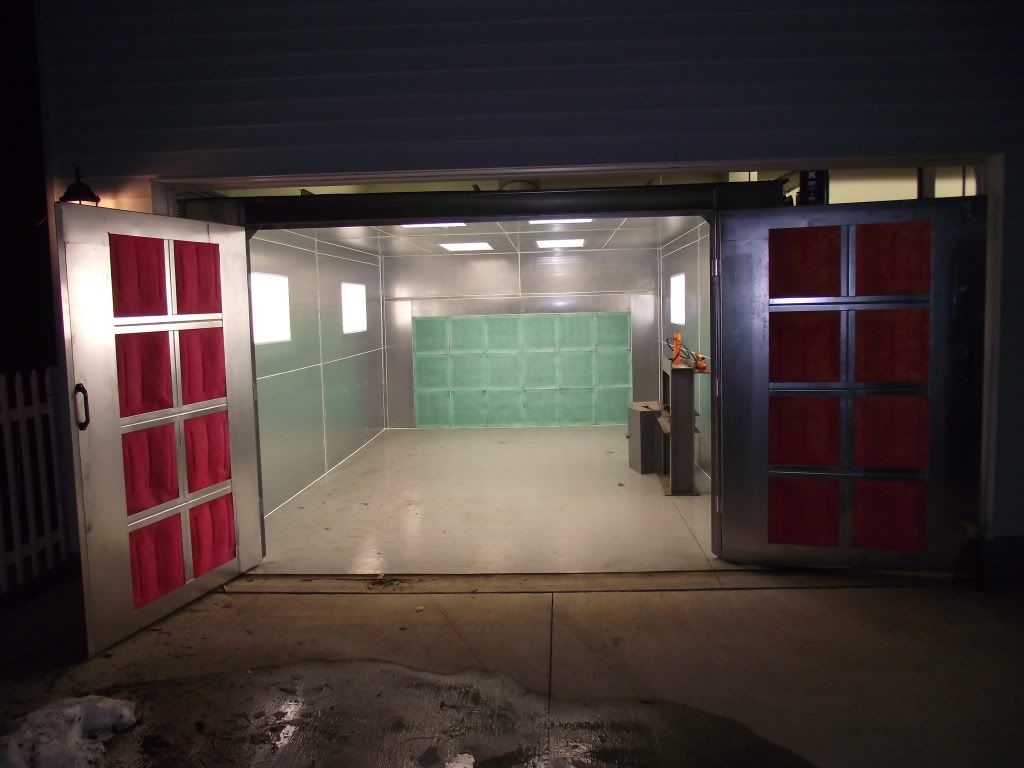
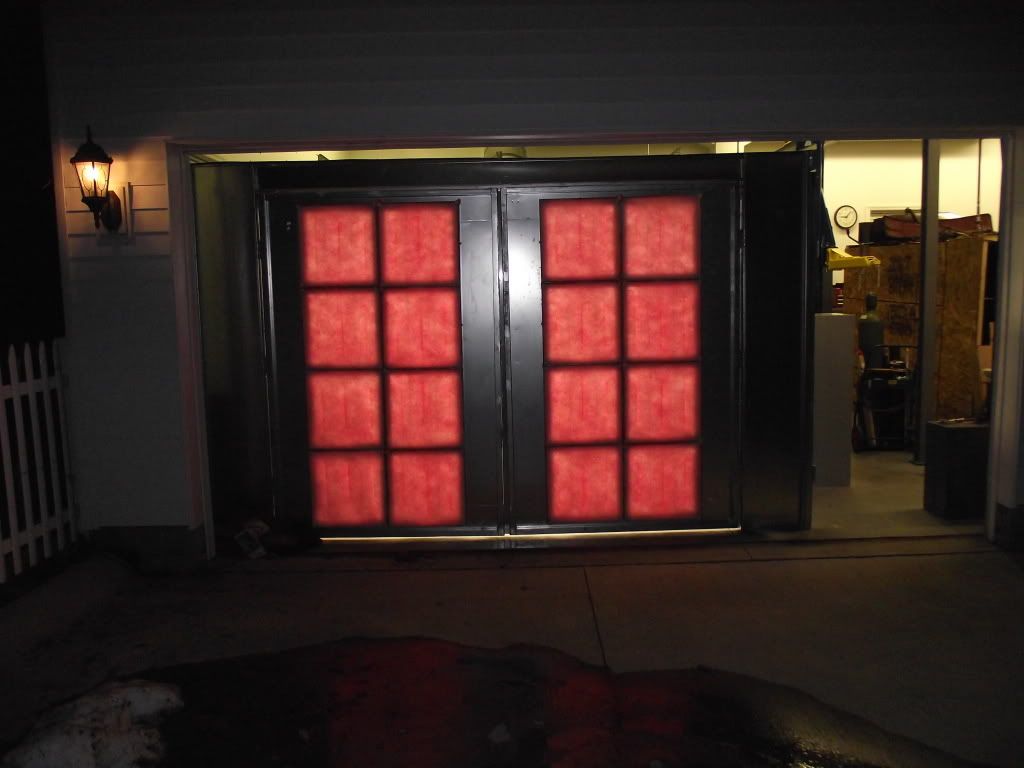
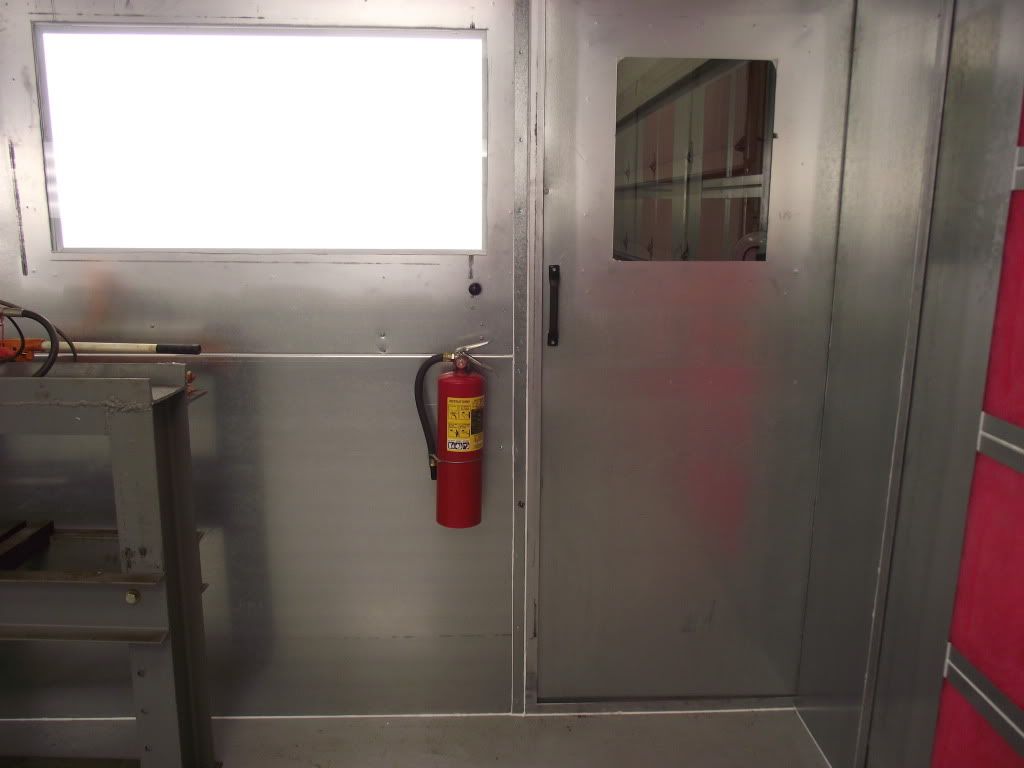
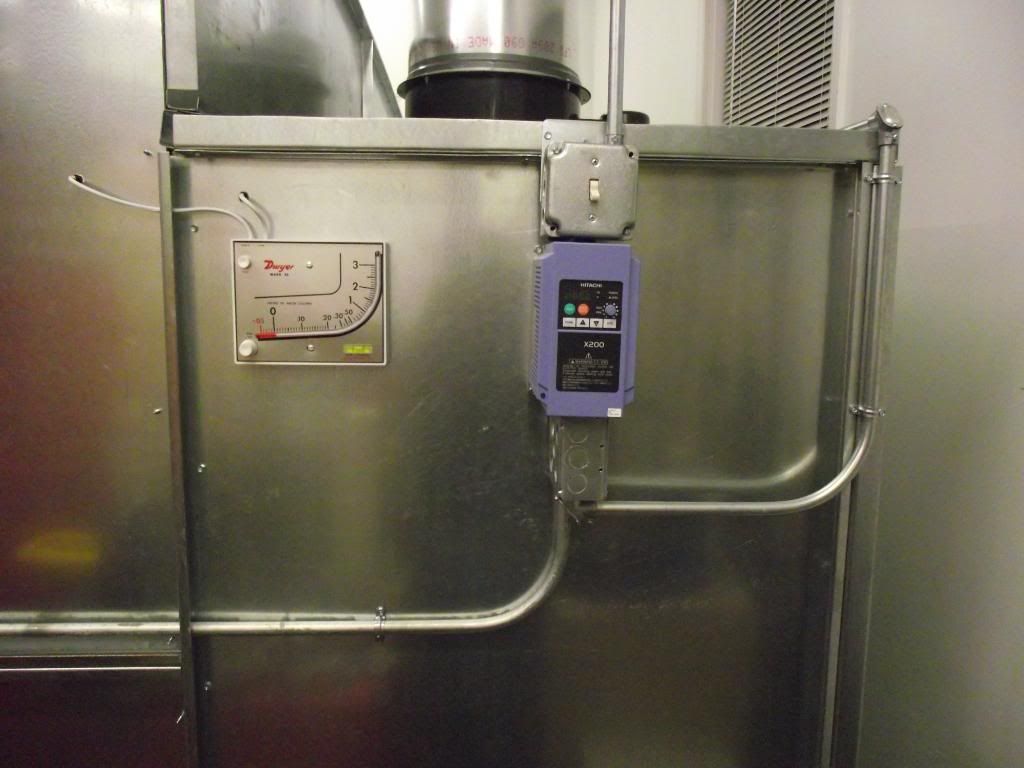
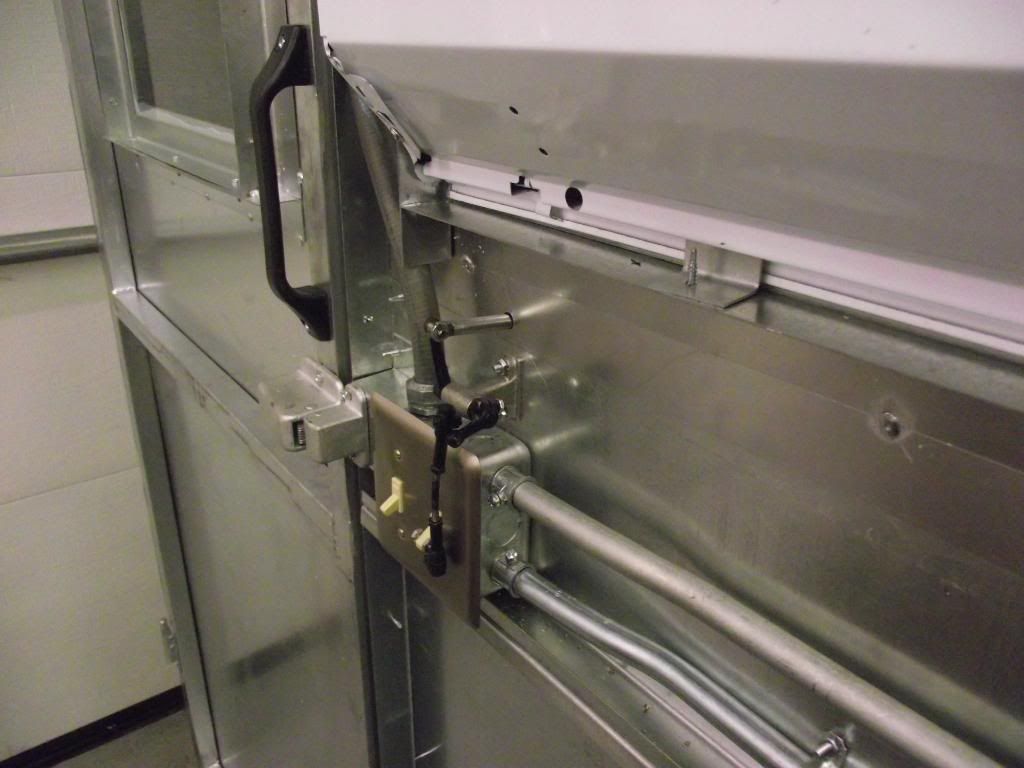

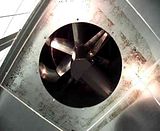
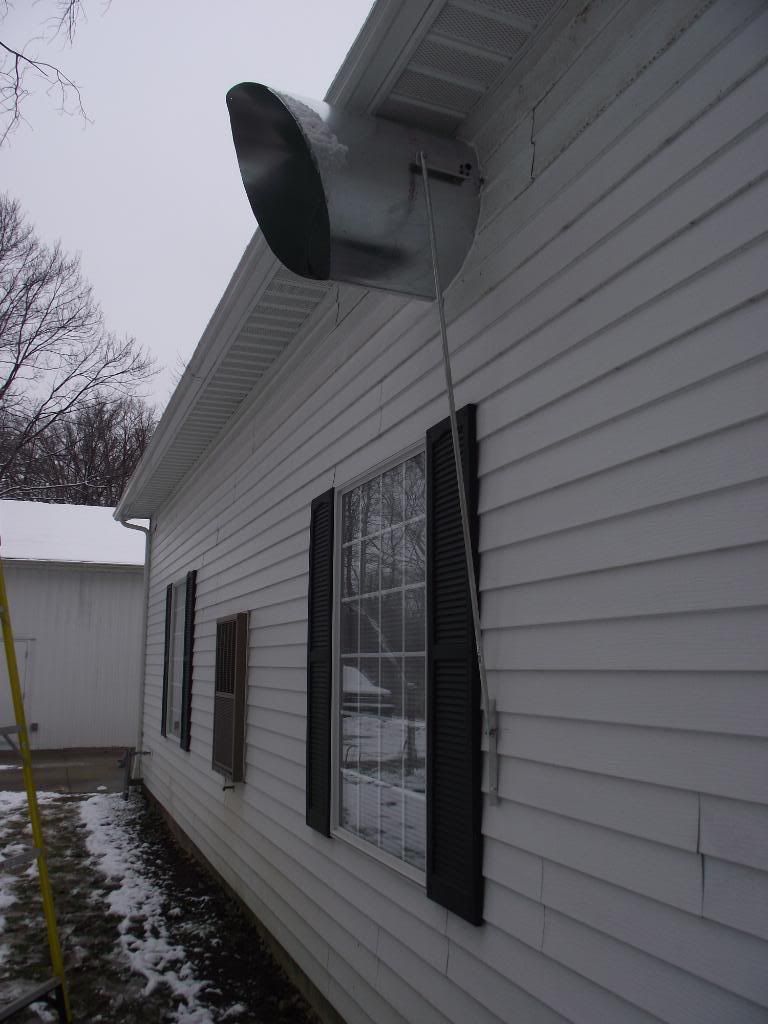
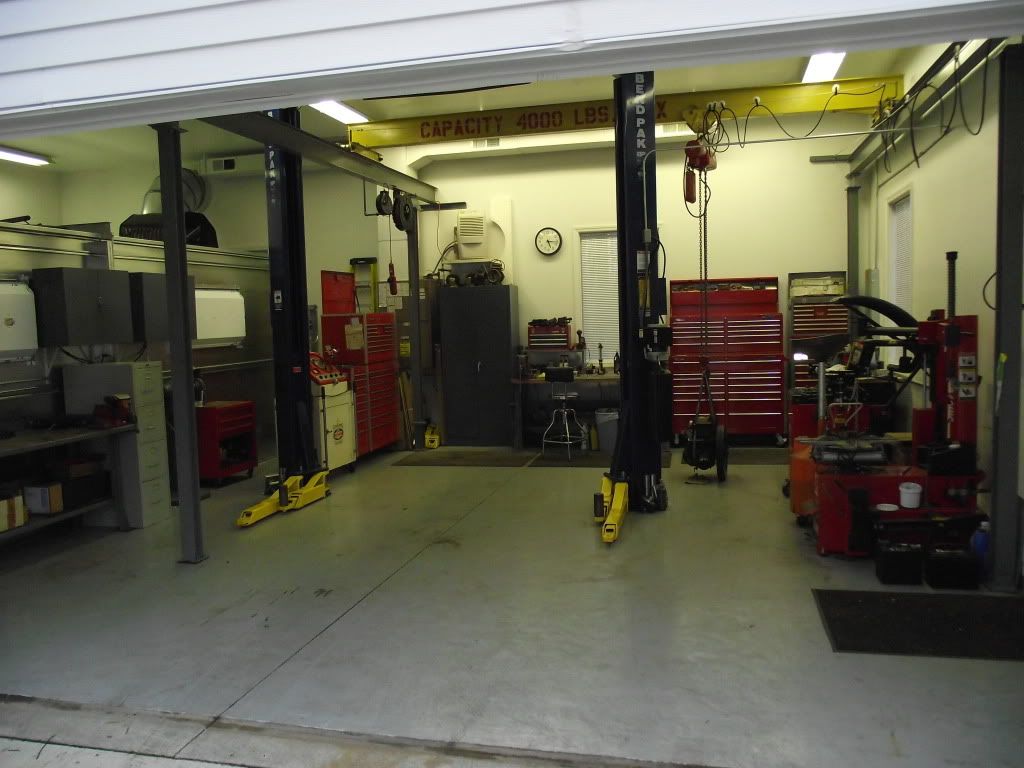
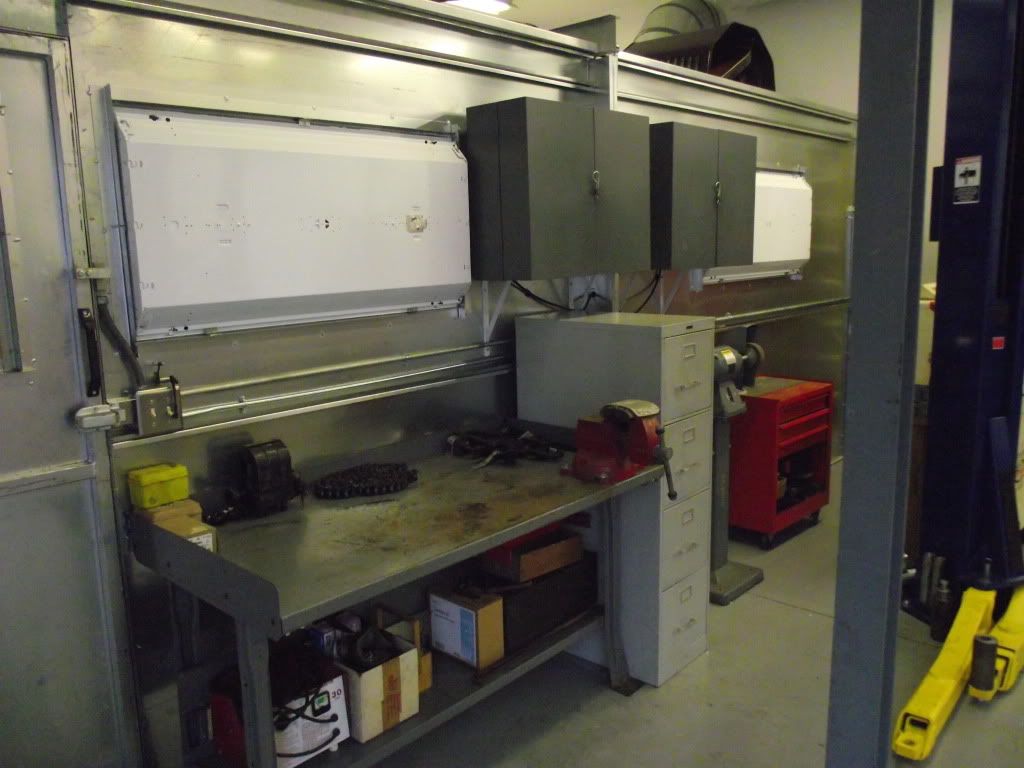
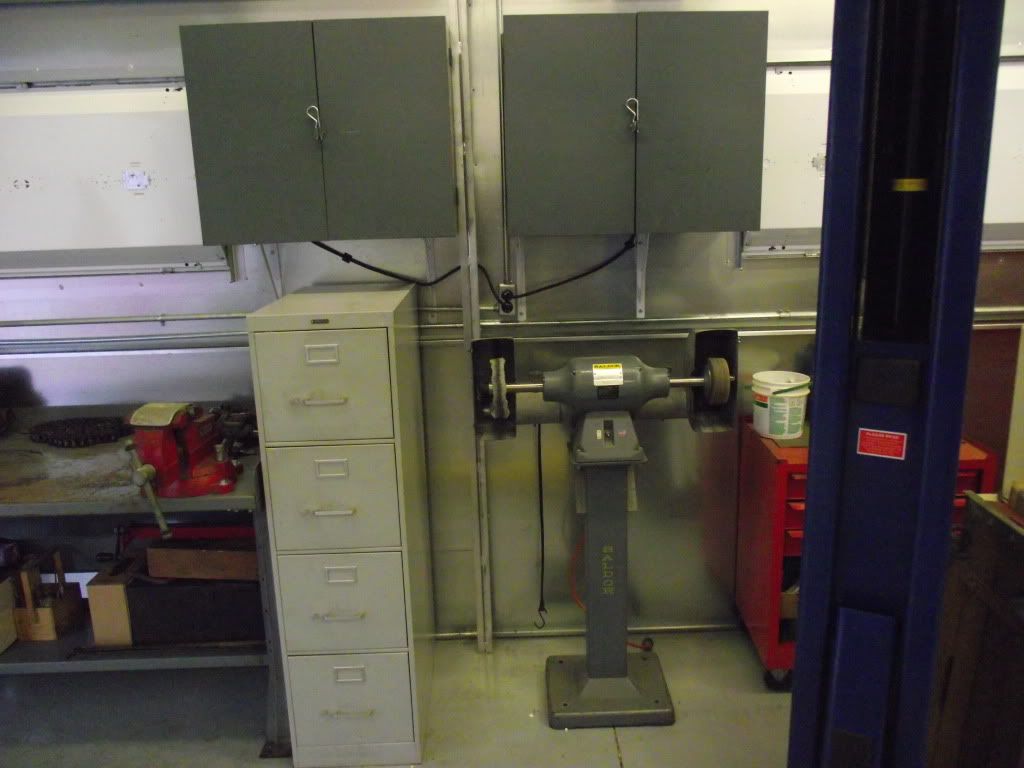
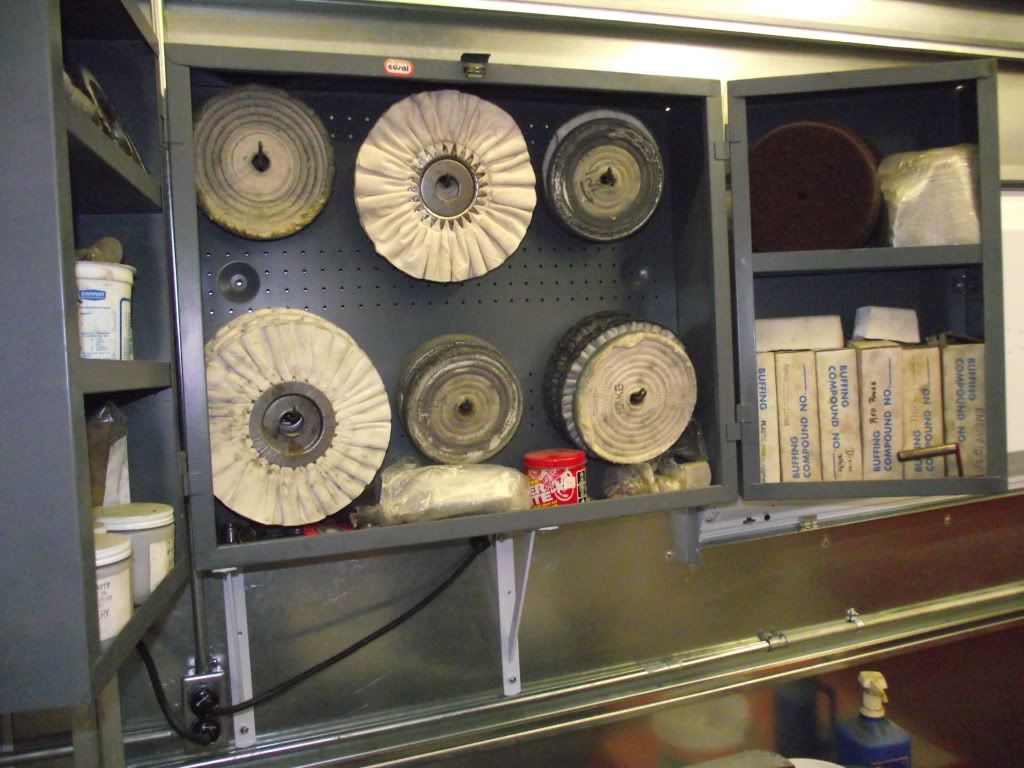
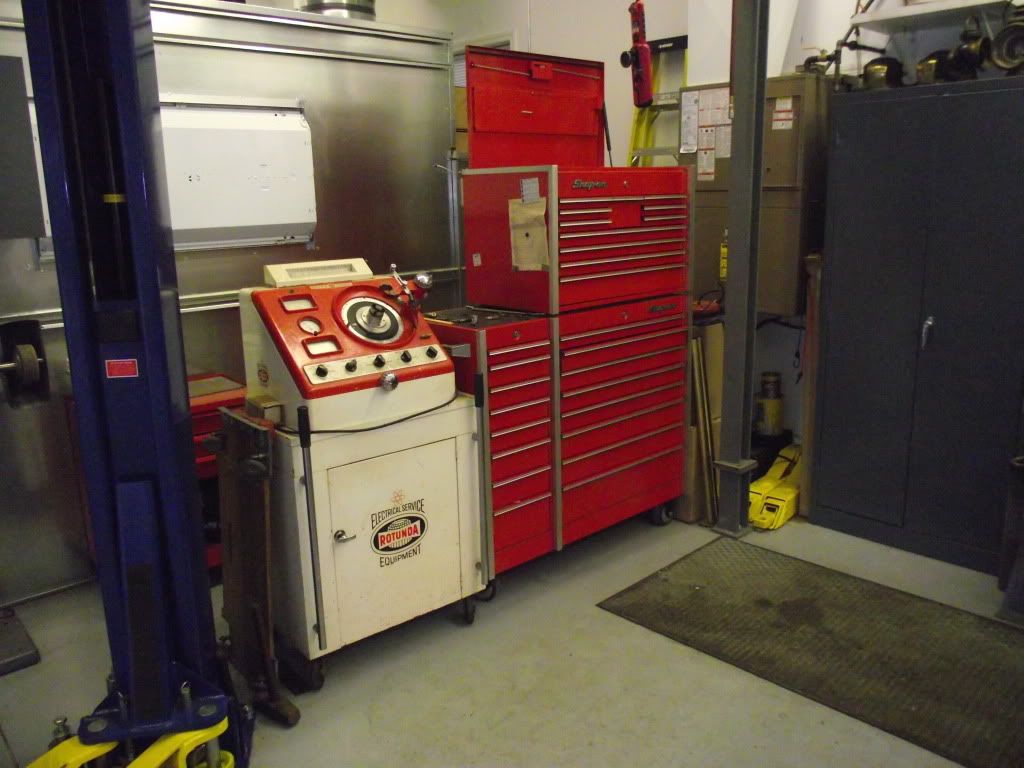
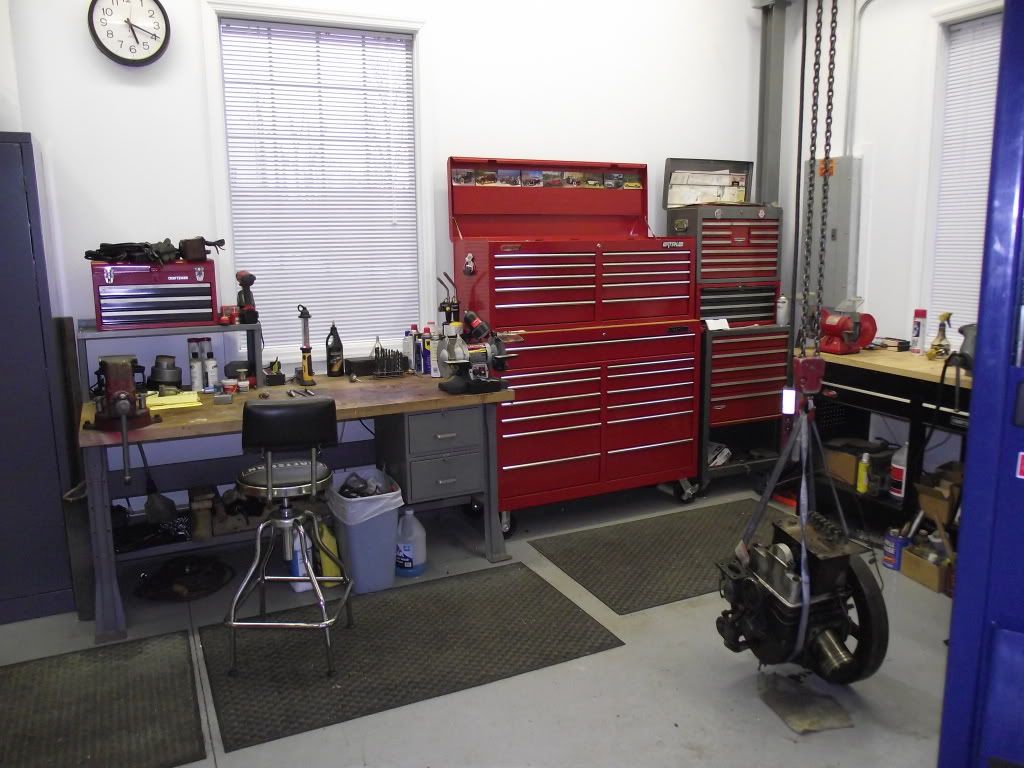
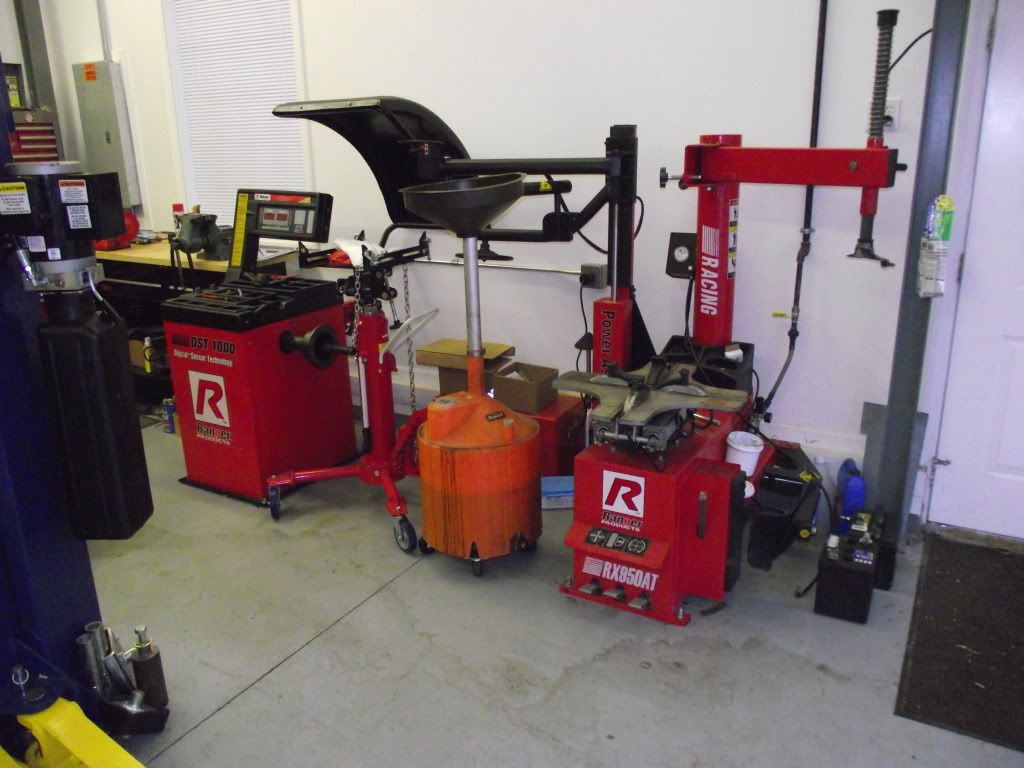
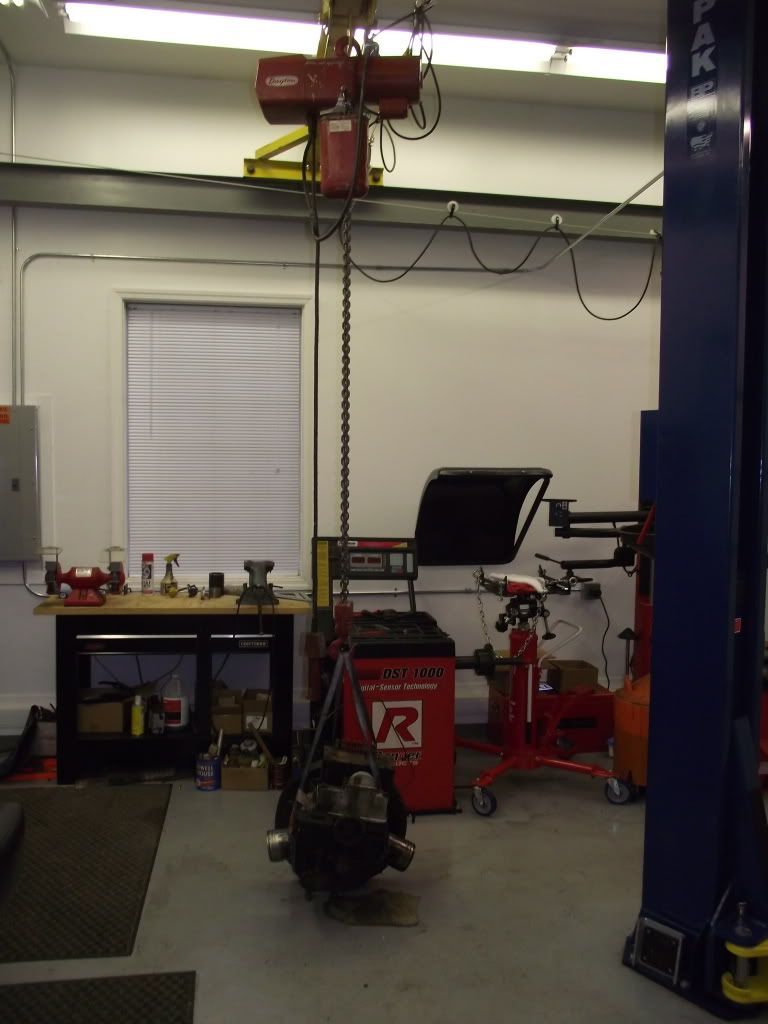
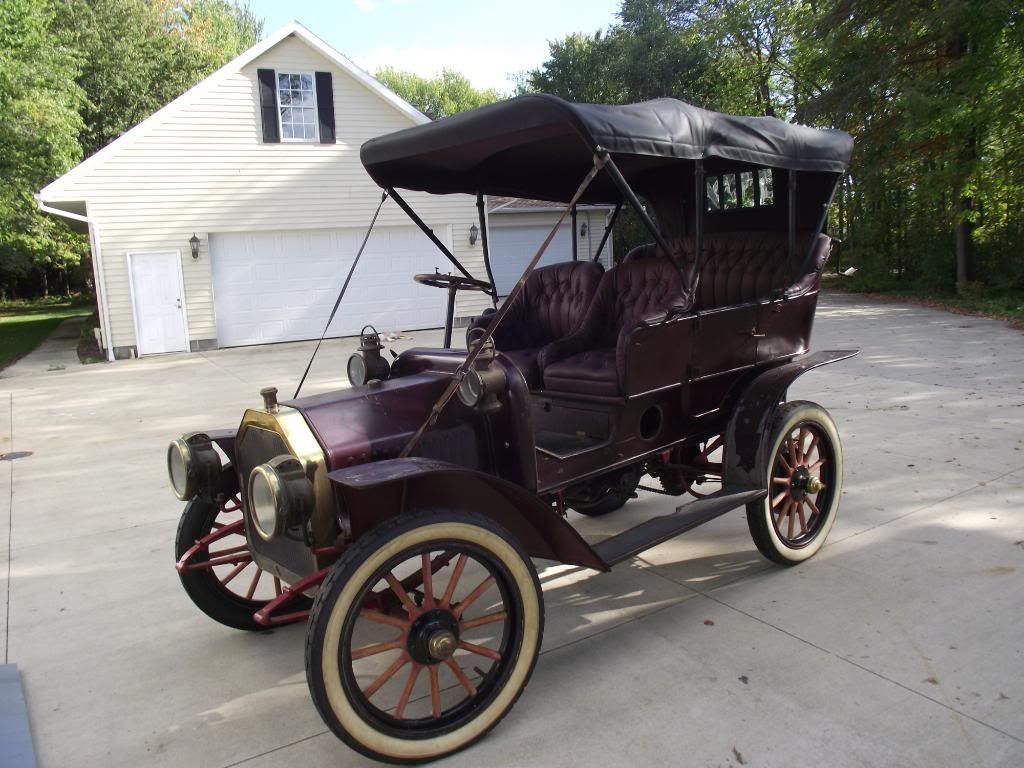

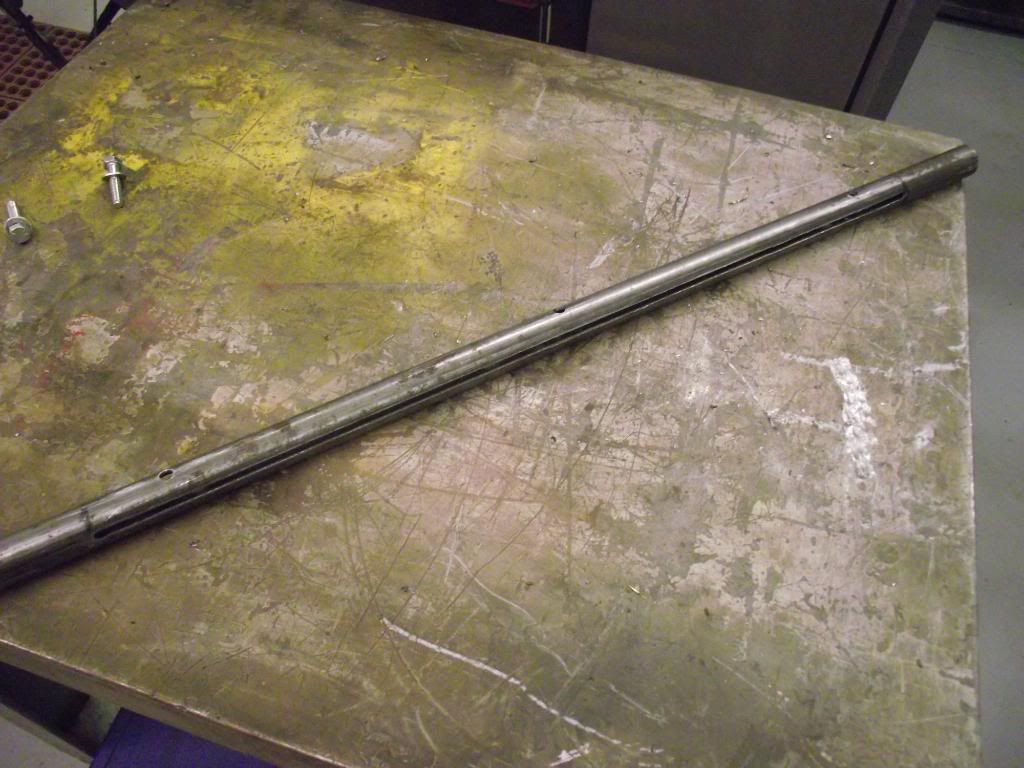
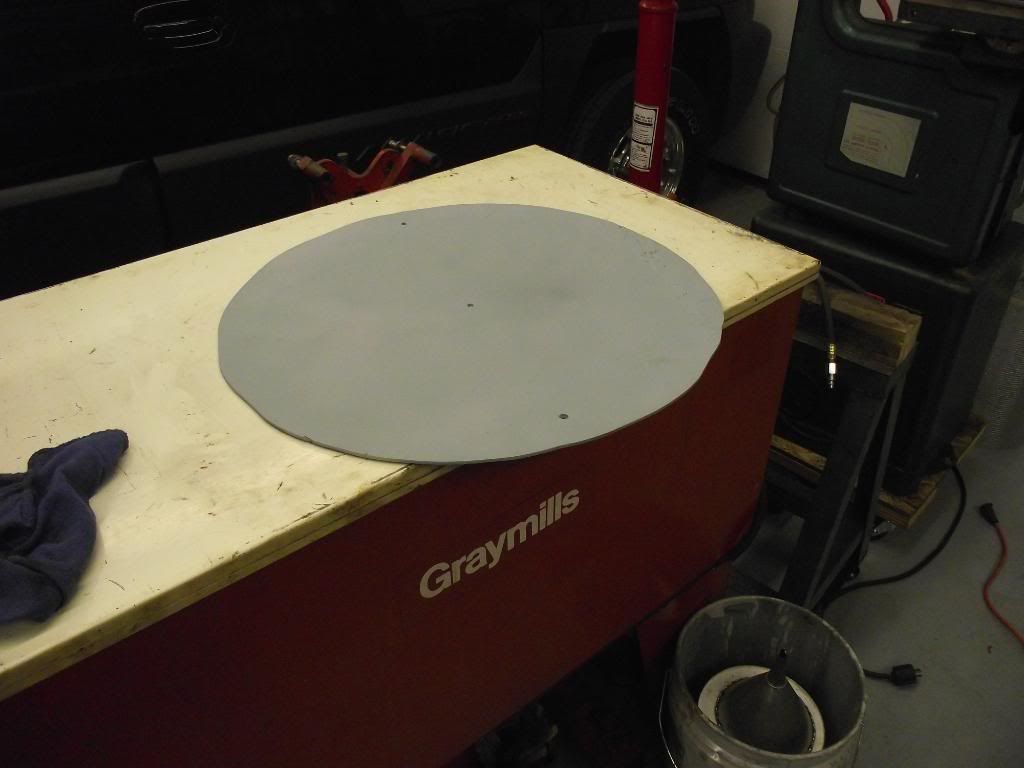
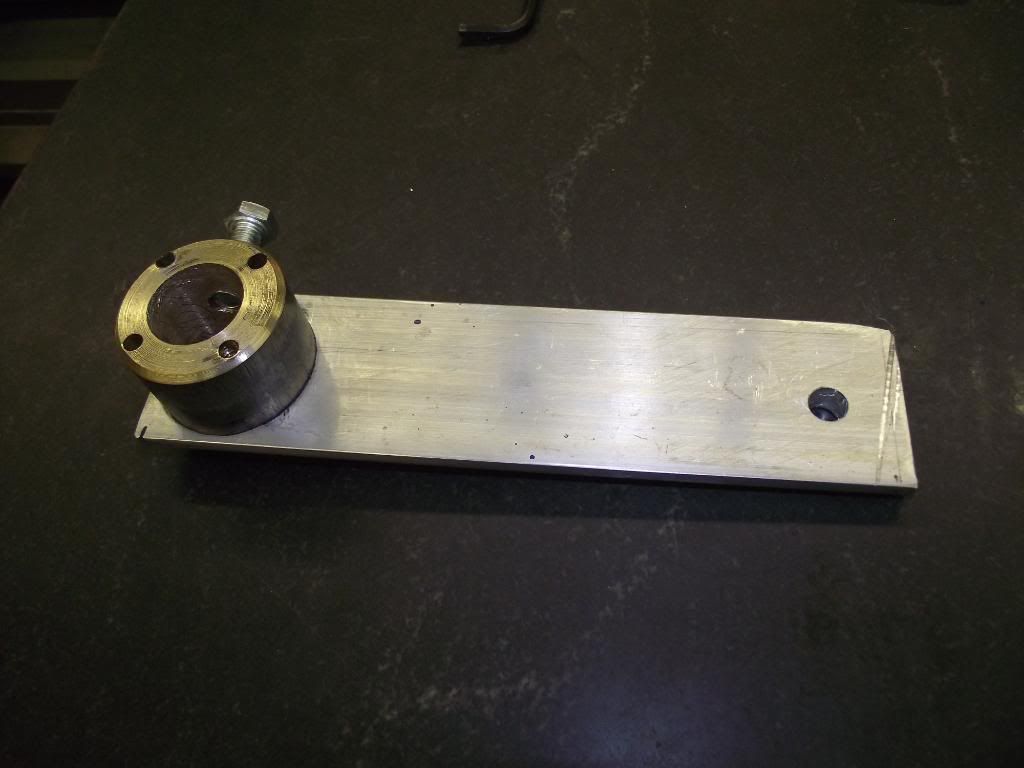
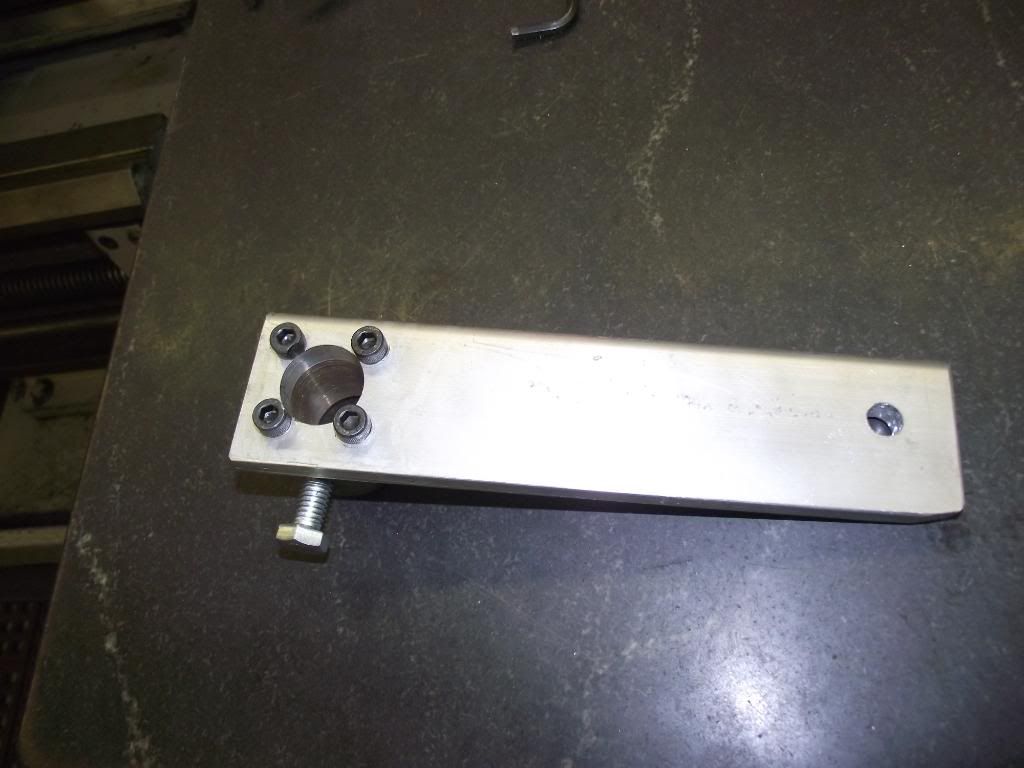
 i've lost alot of fluids from orifices i did'nt know i had
i've lost alot of fluids from orifices i did'nt know i had reading this thread, getting downright nautical around here from all the drool....gonna need a floaty to survive it
reading this thread, getting downright nautical around here from all the drool....gonna need a floaty to survive it
